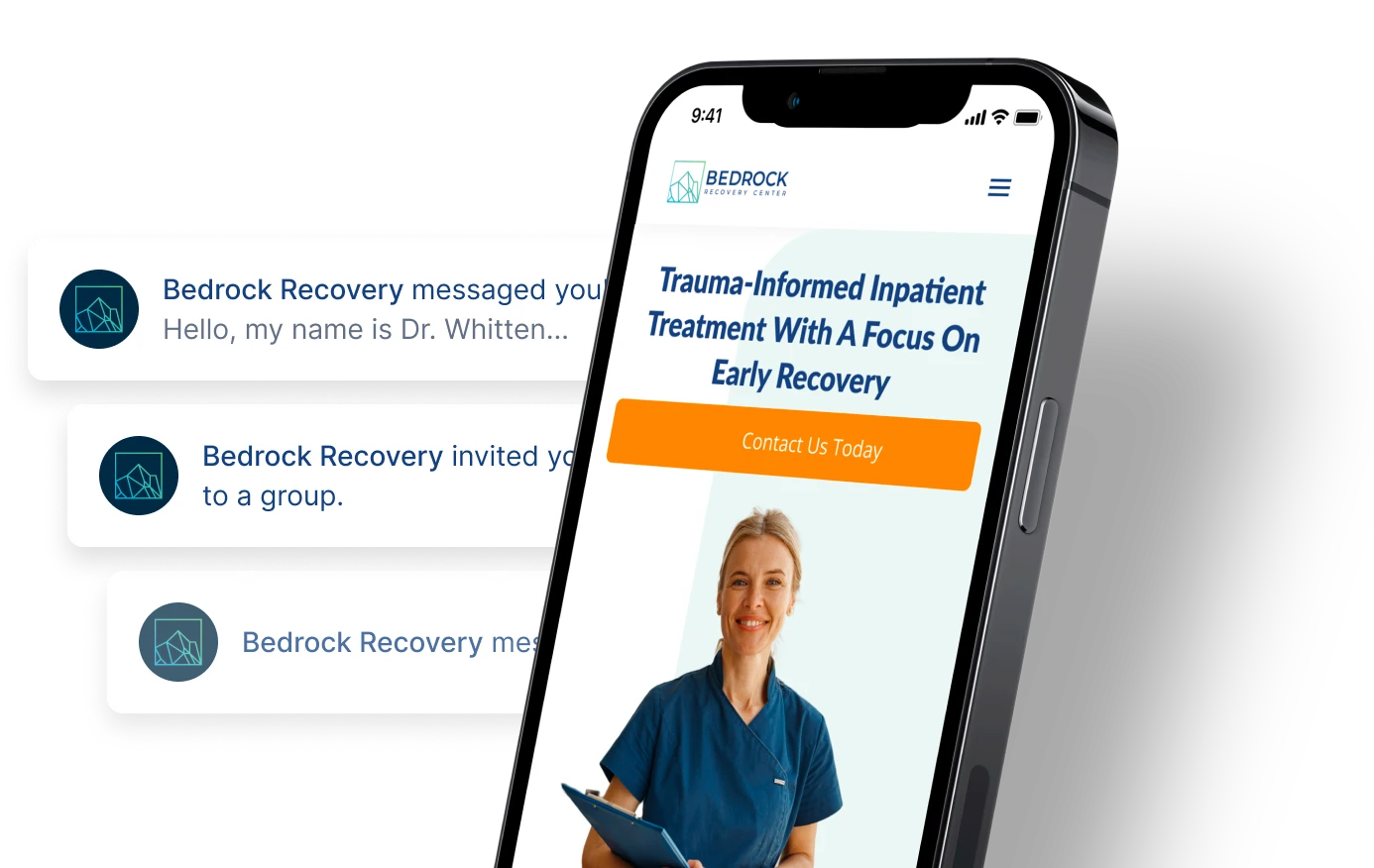
Medically Reviewed By: Kimberly Langdon M.D.
Skin popping is a common way of referring to the subcutaneous injection of illicit drugs. In other words, skin popping means ‘injecting heroin under the skin.’
While many people who inject drugs opt for intravenous injection, skin popping is also common. People might skin pop heroin because they believe it is less dangerous than intravenous drug use.
The truth is that injecting heroin in a subcutaneous manner leads to a high risk of many problems that are not seen with other methods of taking heroin.
Heroin use is part of the larger opioid epidemic, which is a public health crisis.
How Skin Popping Heroin Works
To skin pop heroin, people first use a metal spoon or bottle cap to melt the drug down. They might filter the liquid with a cotton ball or cigarette filter. They then draw it in with a syringe and needle, and inject it subcutaneously.
In western states like California, black tar heroin is the most common form of the drug. In the eastern half of the United States, a brown or white powder is more common. Any form of heroin can be injected subcutaneously.
Just because someone is skin popping heroin doesn’t rule out other ways of taking the drug. They could also be doing intramuscular injection (called “muscle popping” or “muscling”), or using veins as the injection site.
Injection of drugs under the skin isn’t necessarily safer than injecting into the vein. Some people skin pop because they believe life-threatening overdose and other risk factors are less likely with this method.
In truth, all heroin use is dangerous.
Signs And Symptoms Of Skin Popping Heroin
If you are concerned a loved one is using heroin, you need to know what to look for. Some signs will be unique to this method of taking the drug, while others will signal heroin abuse in general.
Physical Signs Of Skin Popping Heroin
Look out for these physical signs that someone is skin popping heroin:
- several small, raised scars on skin
- lesions
- heroin abscesses
- infections on skin
- small puncture wounds from needles
Behavioral Signs Of Skin Popping Heroin
The behavioral signs of heroin use are the same for skin popping as for other methods of use.
Watch out for these behaviors that could indicate heroin use:
- mood swings
- depression
- anxiety
- hostility or irritability
- lying about drug use and stealing to pay for drugs
- lack of concentration
- worsening hygiene
Paraphernalia Associated With Skin Popping Heroin
A person skin popping heroin could be using it in other ways, too.
Watch out for these items which can all be used in the process of using heroin:
- heroin needles and syringes
- cotton balls
- cigarette filters
- metal spoons
- bottle caps
- lighters or candles
- small pieces of aluminum foil
- glass heroin pipe
- tie-offs (shoestrings, rubber hoses, belts, etc.)
Other Methods Of Heroin Abuse
Heroin can be injected under the skin, into the muscle, or directly into a vein. In addition, heroin can be smoked, snorted, or taken rectally (“plugging heroin”).
No method of heroin use is necessarily more dangerous than another. They all have unique risks and complications and can all lead to overdose.
Health Risks Of Skin Popping Heroin
There are some health risks and concerns that are more common when skin popping heroin. In part, these risks arise due to the way heroin injection affects the skin.
Other dangers are due to the risks of the skin irritants and drug adulterants (heroin cutting agents) the drug often contains. Unknown substances within heroin make the drug dangerous to consume, but especially to inject.
Risks of heroin skin popping may include:
- cellulitis: skin infections at the injection site
- tetanus
- lesions and abscesses from soft tissue infection or skin infection
- wound botulism: a serious illness that happens when a certain germ (clostridium botulinum) gets into an injection site
- infectious diseases like Hepatitis B and C and Human Immunodeficiency Virus (HIV)
- risk of venous insufficiency, or improper function of vein valves, with chronic heroin use
- necrotizing fasciitis: a serious bacterial infection that damages tissue under the skin
Treatment Programs For Heroin Abuse
Treatment programs for heroin abuse are critical to help those addicted to the drug recover.
Without treatment, serious life-threatening health concerns including overdose, endocarditis, and deadly infections can all occur from using heroin.
To avoid these issues, treatment at a certified addiction treatment center is necessary.
Treatment programs for heroin abuse will address the full spectrum of issues people with heroin addictions may face. These can include behavioral health, dermatology concerns, mental health, and physical well-being.
Find Help For Heroin Addiction At Bedrock Recovery Center
Bedrock Recovery Center is one of the nation’s top addiction treatment facilities. Call our helpline today to learn more about our programs and begin your road to recovery.
- https://www.justice.gov/archive/ndic/pubs3/3843/3843p.pdf https://www.cdc.gov/botulism/wound-botulism.html
- National Institute on Drug Abuse (NIDA) — Heroin DrugFacts https://nida.nih.gov/publications/drugfacts/heroin
- Substance Abuse and Mental Health Services Administration (SAMHSA) — Medication-Assisted Treatment (MAT) https://www.samhsa.gov/medication-assisted-treatment
- The U.S. Department of Justice — Drug Paraphernalia Fast Facts https://www.justice.gov/archive/ndic/pubs6/6445/6445p.pdf
- The U.S. Department of Justice –– Heroin Fast Facts https://www.justice.gov/archive/ndic/pubs3/3843/3843p.pdf
